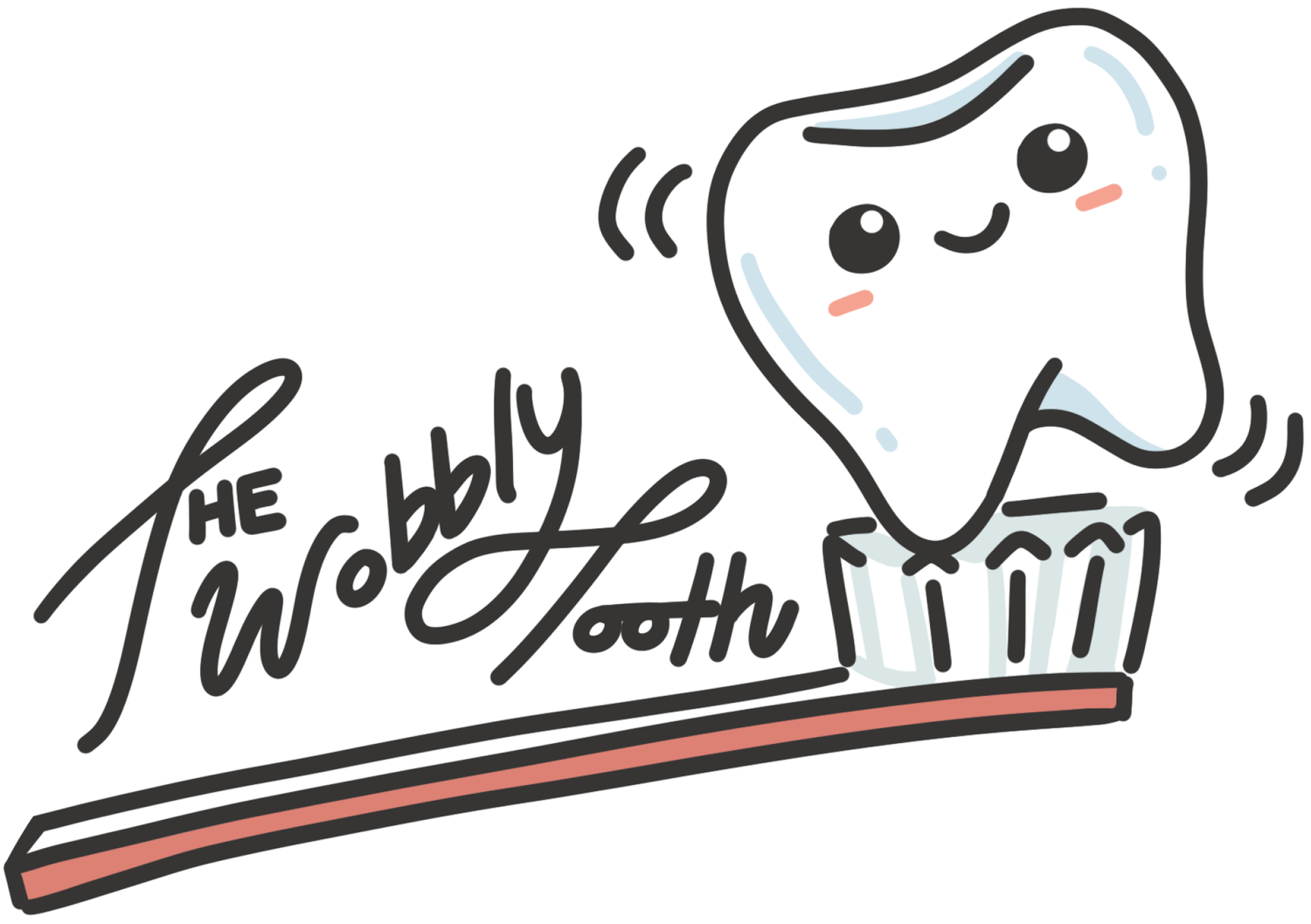Periodontal Disease: Understanding the Causes, Symptoms, and Treatment
Periodontal disease, also known as gum disease, is a common oral health problem that affects millions of people. It is caused by the buildup of plaque and bacteria on the teeth and gums, and can lead to a range of serious health problems if left untreated. Understanding the causes, symptoms, and treatment of periodontal disease can help you protect your oral health and prevent further damage.
Causes of Periodontal Disease
Periodontal disease is caused by the buildup of plaque and bacteria on the teeth and gums. Plaque is a sticky film of bacteria that forms on the teeth, and if it is not removed through regular brushing and flossing, it can harden into tartar, which can only be removed by a dentist. Bacteria in the plaque and tartar can cause inflammation and infection of the gums, leading to periodontal disease.
Risk factors for periodontal disease include:
Poor oral hygiene: Poor oral hygiene, including not brushing and flossing regularly, can increase the risk of plaque buildup and periodontal disease.
Tobacco use: Tobacco use, including smoking and chewing tobacco, can increase the risk of periodontal disease and other oral health problems.
Genetics: Some people may be more susceptible to periodontal disease due to genetics.
Hormonal changes: Hormonal changes, such as those that occur during pregnancy, puberty, and menopause, can increase the risk of periodontal disease.
Medical conditions: Certain medical conditions, such as diabetes, can increase the risk of periodontal disease.
Symptoms of Periodontal Disease
The symptoms of periodontal disease can vary, but may include:
Red, swollen, or tender gums
Bleeding gums, especially when brushing or flossing
Receding gums, causing teeth to look longer than usual
Loose or shifting teeth
Persistent bad breath or bad taste in the mouth
Diagnosis and Treatment of Periodontal Disease
To diagnose periodontal disease, your dentist will perform a thorough examination of your mouth and ask about your symptoms and oral health history. In some cases, your dentist may also recommend additional tests, such as a periodontal pocket depth measurement or a gum tissue sample, to determine the severity of the disease.
The treatment of periodontal disease depends on the severity of the disease and the underlying cause. Some of the most common treatments include:
Scaling and root planing: Scaling and root planing is a deep cleaning procedure that removes plaque and tartar from the teeth and roots, reducing the risk of periodontal disease.
Antibiotic therapy: Antibiotic therapy, such as antibiotics in a gel or mouthwash form, can help to reduce the risk of periodontal disease by killing the bacteria that cause inflammation and infection.
Periodontal surgery: In severe cases of periodontal disease, periodontal surgery may be necessary to remove damaged tissue and promote healing.
Improved oral hygiene: Brushing and flossing regularly, using an antiseptic mouthwash, and visiting the dentist for regular check-ups and cleanings can help to improve oral hygiene and prevent periodontal disease.
Quit tobacco use: Quitting tobacco use can help to improve oral health and reduce the risk of periodontal disease and other oral health problems.
In conclusion, periodontal disease is a common oral health problem that can cause serious damage to the teeth and gums if left untreated. Understanding the causes, symptoms, and treatment of periodontal disease can help you protect your oral health and prevent further damage. Improving oral hygiene, quitting tobacco use, and visiting the dentist for regular check-ups and cleanings can all play a role in preventing and treating periodontal disease. If you are experiencing symptoms of periodontal disease, it is important to see a dentist as soon as possible to receive a diagnosis and treatment plan. Early diagnosis and treatment can help to reduce the risk of serious health problems and maintain good oral health.
Sources:
American Dental Association. (2021). Periodontal (Gum) Disease. https://www.mouthhealthy.org/en/az-topics/g/gum-disease
American Academy of Periodontology. (2021). Periodontal Disease. https://www.perio.org/consumer/periodontal-disease
Centers for Disease Control and Prevention. (2021). Periodontitis. https://www.cdc.gov/oralhealth/conditions/periodontitis.html
National Institute of Dental and Craniofacial Research. (2021). Periodontal (Gum) Disease. https://www.nidcr.nih.gov/health-info/gum-disease
Mayo Clinic. (2021). Periodontitis. https://www.mayoclinic.org/diseases-conditions/periodontitis/symptoms-causes/syc-20354826

